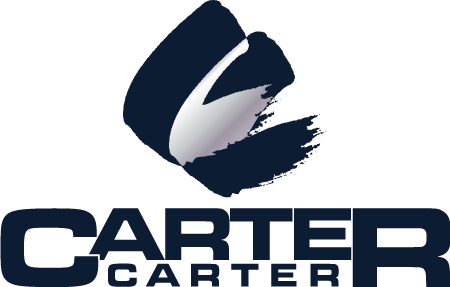There are several ways in which to approach the development of a program, and by asking some basic questions—Who, What, When, Where—participation by key members of the construction organization will begin to develop the basic framework.
Who? Who will be responsible for QC/QA control for a specific project? The person selected must have received ample training and be able to pass much of his or her knowledge on to the various foremen, subcontractors, and other supervisors he or she will oversee. It must be made clear to all concerned that this technician has the authority of the CQCP Manager and the Project Manager to implement company QC/QA policy on specific jobsites.
What? What will the designated technician’s responsibilities be? Will the technician be required to be on site continuously, one day each week, or only on an as-needed basis to perform in situ inspections and subsequently prepare reports for submission to the CQCP Manager or his or her project manager? Will they be responsible for coordinating inspections by government authorities and the owner’s design consultants? How are they to report QC/QA violations: verbally to the affected party followed up with a written memo to the Project Manager?
When? When will some of these QC/QA activities take place: upon delivery of materials and equipment to the site? And what about components such as piping, duct, and electrical conduit risers that will be enclosed in shaftwalls and fire-rated enclosures? Since timely inspections are required, will it be the subcontractor’s responsibility to notify when such inspections are to take place?
Where? Will the QC/QA technician be required to visit a subcontractor’s fabrication plant (i.e., steel fabricator) to comment on the quality of fabrication equipment and processes?
The CQCP should include, as a minimum, the following components:
1. An organization chart showing where the CQCP Managers fit within the corporate management hierarchy, who they are responsible to, and who is responsible to them.
2. The proposed personnel and support staff making up the entire QC/QA program.
3. A list of specific duties and responsibilities for each assigned personnel.
4. The operating procedures—how tests and inspections will be conducted, and the documentation that will be generated prior to, during, and upon completion of each test.
5. Rework procedures to identify and record QC/QA deficiencies, notify responsible parties, and reinspect for compliance.
6. Develop a subcontractor and vendor rating system so that supervisors can evaluate and report on subcontractor/vendor performance and attention to quality issues.
7. The role the CQCP Manager will play in consultation with the Purchasing Department in selecting competent, quality-oriented subcontractors and vendors.
8. Develop a training program to familiarize office and field personnel with quality issues.
9. Develop a series of Field Inspection Reports to assist field personnel in their inspection procedures.



Post your comment on this topic.